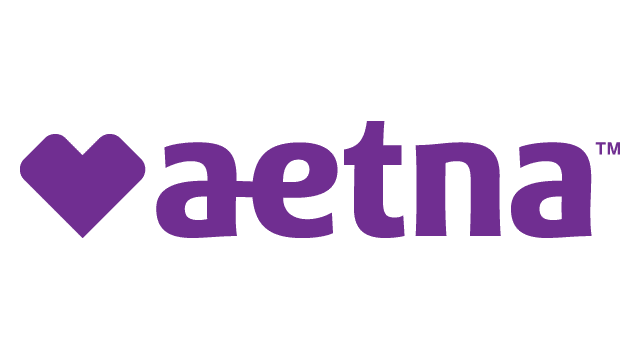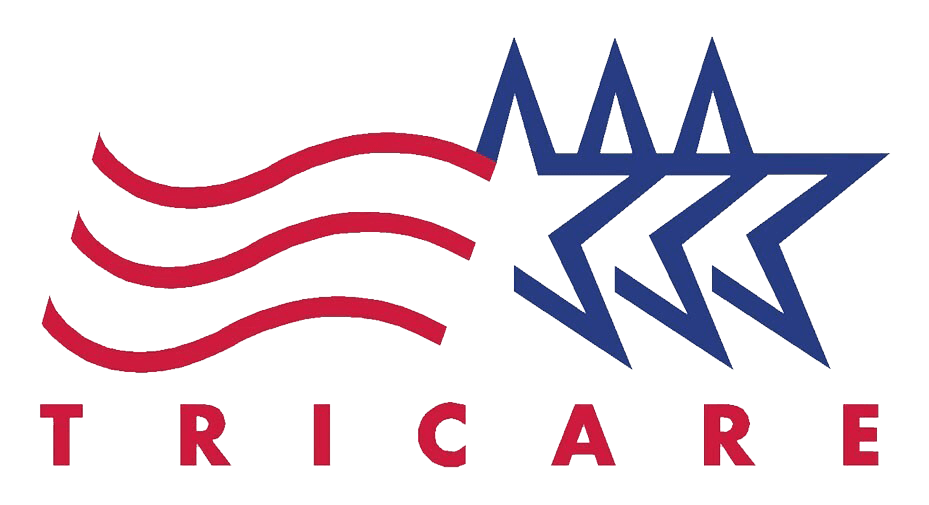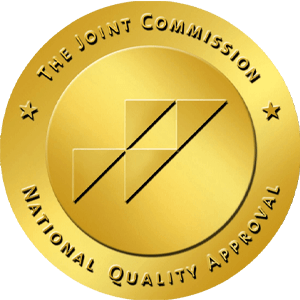Have you noticed your child’s head buried in their phone for hours on end? Are you someone who can’t resist scrolling through social media every free second? You’re not alone. Technology addiction is a growing problem in today’s hyper-connected world. While technology has undoubtedly transformed our lives for the better, its dark side is becoming increasingly apparent. This blog post explores the signs and symptoms of technology addiction, contributing factors, and ways to seek and receive digital addiction help.
What is Technology Addiction?
Technology addiction, often referred to as digital addiction, is a behavioral disorder characterized by excessive and compulsive use of digital devices such as smartphones, computers, and gaming consoles. This form of addiction can manifest in various ways, including constant scrolling through social media, binge-watching online videos, or continuously playing video games. Unlike substance addiction, technology addiction doesn’t involve ingesting a physical substance, but it triggers similar reward pathways in the brain, leading to dependency and an insatiable urge to engage with digital content. The impact of technology addiction can be profound, affecting mental health, interpersonal relationships, and even physical health, as individuals might neglect essential activities like sleep and exercise. Understanding and addressing this growing issue is critical in our increasingly digital world. If you or someone you know is struggling, seeking digital addiction help is a crucial step towards recovery.
The Impact on Individuals and Society
The overuse of technology can have significant ramifications on individuals and society. From chronic sleep deprivation and decreased productivity to deteriorating mental health, the consequences are far-reaching. Furthermore, digital addiction can strain personal relationships, reduce face-to-face interactions, and foster a sense of isolation and loneliness. This can extend to professional environments where productivity may decline, and teamwork is compromised due to constant digital distractions. Additionally, the constant influx of information and social media can contribute to increased levels of anxiety and stress.
Signs and Symptoms of Technology Addiction
Recognizing the signs and symptoms is crucial for seeking digital addiction help. Here are some common indicators:
Physical Symptoms
- Eye Strain: Prolonged screen time can cause significant eye discomfort and vision problems, such as dryness, irritation, and blurred vision. This often leads to the need for corrective lenses or special computer glasses to alleviate the strain.
- Sleep Disturbances: Excessive use of digital devices, especially before bedtime, can disrupt sleep patterns by suppressing melatonin production, leading to difficulties in falling asleep and insomnia. The blue light emitted by screens is a primary culprit in these disturbances.
- Headaches: Continuous exposure to screens, often in poorly lit environments, can lead to frequent headaches and even migraines. These headaches can be triggered by screen glare, poor posture, or extended focus on small text and images.
- Poor Posture: Extended periods of sitting and using gadgets can result in poor posture, characterized by slouching or hunching over devices. This can lead to back pain, neck strain, and even long-term musculoskeletal issues such as spinal misalignment and repetitive strain injuries.
Emotional and Social Symptoms
- Anxiety and Depression: Overdependence on technology can lead to increased feelings of anxiety and depression, exacerbating pre-existing mental health conditions. This may manifest as restlessness, persistent sadness, or a sense of hopelessness, making it harder for individuals to cope with daily life.
- Irritability: The strong need to check devices frequently can result in irritability when unable to do so. This constant urge to stay connected can disrupt daily routines and negatively impact mood, leading to tension and conflicts in interpersonal relationships.
- Social Withdrawal: A preference for online interactions over face-to-face communication can cause social isolation and deteriorate real-world social skills. People may become more comfortable behind screens, avoiding physical social gatherings and losing the ability to engage in meaningful, in-person conversations.
- Neglect of Responsibilities: Failing to fulfill daily responsibilities, both personal and professional, due to excessive gadget use can lead to a decline in overall quality of life. This neglect can result in missed deadlines, poor work performance, and strained relationships at home, ultimately affecting one’s long-term well-being and success.
Contributing Factors of Technology Addiction
Understanding the contributing factors can help in addressing the issue more effectively.
Accessibility and Constant Connectivity
- 24/7 Access: With smartphones, laptops, and other digital devices, we have access to digital content around the clock. This constant connectivity can make it difficult to disconnect, leading to compulsive usage patterns and potential burnout. The pervasive nature of technology means that the line between work and personal time often blurs, making it challenging to establish healthy boundaries.
- Convenience: Technology offers unparalleled convenience, whether it’s ordering food, shopping online, or staying connected with loved ones through social media and messaging apps. This ease of access can contribute to overuse and dependency, as people increasingly rely on digital solutions for everyday tasks. While this convenience saves time and effort, it can also diminish face-to-face interactions and reduce opportunities for meaningful offline experiences.
Social Pressures and Expectations
- Social Media Influence: The pressure to maintain an online presence and keep up with social media trends can drive excessive use of technology. This behavior is often fueled by the fear of missing out (FOMO), leading individuals to constantly check updates, post content, and engage with their followers. Over time, this can result in reduced face-to-face interactions and impact mental well-being.
- Work Expectations: In many professions, there is an expectation to be constantly available via email or messaging apps, even outside of regular working hours. This situation blurs the lines between work and personal life, making it difficult to disconnect and relax. As a result, stress levels increase, and it becomes challenging to achieve a healthy work-life balance.
Acknowledging the Problem
Seeking Help for Technology Addiction
Acknowledging and addressing technology addiction is the first step toward recovery. Recognizing the impact of excessive screen time on your daily life and mental health is crucial. Reach out to professionals for digital addiction help, join support groups, and implement healthier habits to regain control and improve your well-being.
- Importance of Self-Reflection: Take time to reflect on your technology usage and its impact on your daily life and well-being. Consider how often you use technology and for what purposes. This awareness is crucial for initiating change and can help you identify patterns that might be contributing to an unhealthy balance.
- Overcoming Denial: It’s important to overcome denial and recognize the need for digital addiction help. Denial can be a major barrier to seeking treatment, prolonging the negative impact of addiction. Acknowledge the signs that technology usage is becoming problematic, such as neglecting responsibilities, strained relationships, or physical effects like eye strain and poor posture. Accepting that there is a problem is the first step toward recovery and seeking appropriate support.
Identifying Triggers and Developing Coping Mechanisms
- Creating Tech-Free Zones/Time Limits: Set clear boundaries by designating specific areas in your home, such as the dining table, as tech-free zones. Additionally, establish time limits for screen use, allowing yourself certain hours of the day to be completely free from digital distractions. This can help create a healthier relationship with technology and promote more meaningful face-to-face interactions.
- Finding Alternative Activities/Hobbies: Engage in activities that don’t involve screens to foster a more balanced lifestyle. Consider pursuing hobbies such as reading books, practicing yoga, exercising at the gym, or spending time outdoors hiking or gardening. These activities not only provide a break from digital devices but also contribute to overall well-being by reducing stress and enhancing physical health.

Seeking Professional Help
If self-reflection and attempts to change habits are not enough, seeking professional help is recommended. Mental health professionals such as therapists or counselors can provide individualized treatment plans to address technology addiction, tailoring their approaches to the unique needs and circumstances of each individual.
At Omega Recovery we have leading digital addiction treatment program that offers a holistic approach to recovery. Through a combination of therapy, education, and support groups, we equip individuals with the skills and tools needed to overcome technology addiction and maintain a healthy relationship with technology. Our comprehensive programs include cognitive-behavioral therapy (CBT), mindfulness practices, and peer support, ensuring that clients receive well-rounded care. With a dedicated team of experienced professionals, Omega Recovery is committed to helping individuals regain control over their lives and achieve long-term well-being.
Professional Treatment Options for Technology Addiction
When self-help strategies are not enough, seeking professional digital addiction help can provide the essential support and guidance needed for recovery. Consulting with professionals can offer a structured approach and targeted interventions tailored to individual needs.Identifying Triggers and Developing Coping Mechanisms
Therapy/Counseling
Professional therapy or counseling can be highly effective in treating technology addiction. Cognitive Behavioral Therapy (CBT), in particular, is especially beneficial as it helps individuals identify and change negative thought patterns and behaviors. This form of therapy addresses the underlying issues contributing to the addiction and equips individuals with practical tools to manage their technology use. Therapists can also provide personalized coping strategies and continuous support throughout the recovery process, ensuring that individuals stay on track and make meaningful progress.
Support Groups and Programs
Joining support groups or participating in programs specifically designed for technology addiction can provide a sense of community and shared experience. These groups offer a platform to share challenges, successes, and strategies for managing addiction. Being part of a support group allows individuals to connect with others who are facing similar struggles, creating a network of understanding and encouragement. Many programs also include educational sessions, workshops, and activities that focus on building healthier habits and reinforcing positive behavioral changes. This communal and educational approach can significantly enhance the recovery process, making it more comprehensive and effective.
Creating Tech-Free Zones/Time Limits
Establishing tech-free zones and setting time limits can significantly help manage and reduce excessive technology use. Designate specific areas in your home, such as the bedroom or dining area, where digital devices are not allowed. This can promote better sleep and more meaningful family interactions. Setting daily or weekly time limits for tech use and sticking to them can encourage a balanced lifestyle and prevent digital burnout. Consider using apps or built-in device features to monitor and control screen time for everyone in the household.
Finding Alternative Activities/Hobbies
Engage in activities that do not involve technology to foster a more balanced lifestyle. Hobbies such as reading, exercising, gardening, or playing musical instruments can provide a healthy distraction from digital devices. Reading can expand your knowledge and improve cognitive functions, while exercising boosts physical health and releases endorphins. Gardening can be both therapeutic and rewarding, as it allows you to connect with nature. Playing musical instruments not only enhances your creativity but also improves fine motor skills. These activities collectively contribute to better mental and physical well-being, offering a fulfilling alternative to constant screen time.
Conclusion
Technology addiction is a growing concern in today’s digital world, affecting individuals of all ages and backgrounds. With the increasing reliance on smartphones, social media, and other digital platforms, many people find it challenging to disconnect and engage in real-life activities. However, help is available. By recognizing the signs and symptoms, such as excessive screen time, withdrawal from social interactions, and neglect of personal responsibilities, understanding the contributing factors like stress, loneliness, or underlying mental health issues, and seeking appropriate help, individuals can overcome this addiction and regain control of their lives.–
If you or someone you know is struggling with technology addiction, don’t hesitate to seek help. Professional treatment options, such as those offered at Omega Recovery. We can provide the support and guidance needed for recovery. At Omega Recovery, we offer personalized treatment plans that address the unique needs of each individual, combining therapy, counseling, and practical strategies to help you develop a healthier relationship with technology.
Take the first step toward a healthier relationship with technology today. Book a consultation with one of our experts at Omega Recovery and begin your journey to recovery. Our team of dedicated professionals is here to assist you every step of the way, ensuring you receive the care and support necessary to achieve long-term success.
For digital addiction help, Omega Recovery is your trusted partner. To learn more visit our website at https://omegarecovery.org/ or call us at (512) 601-5407.







